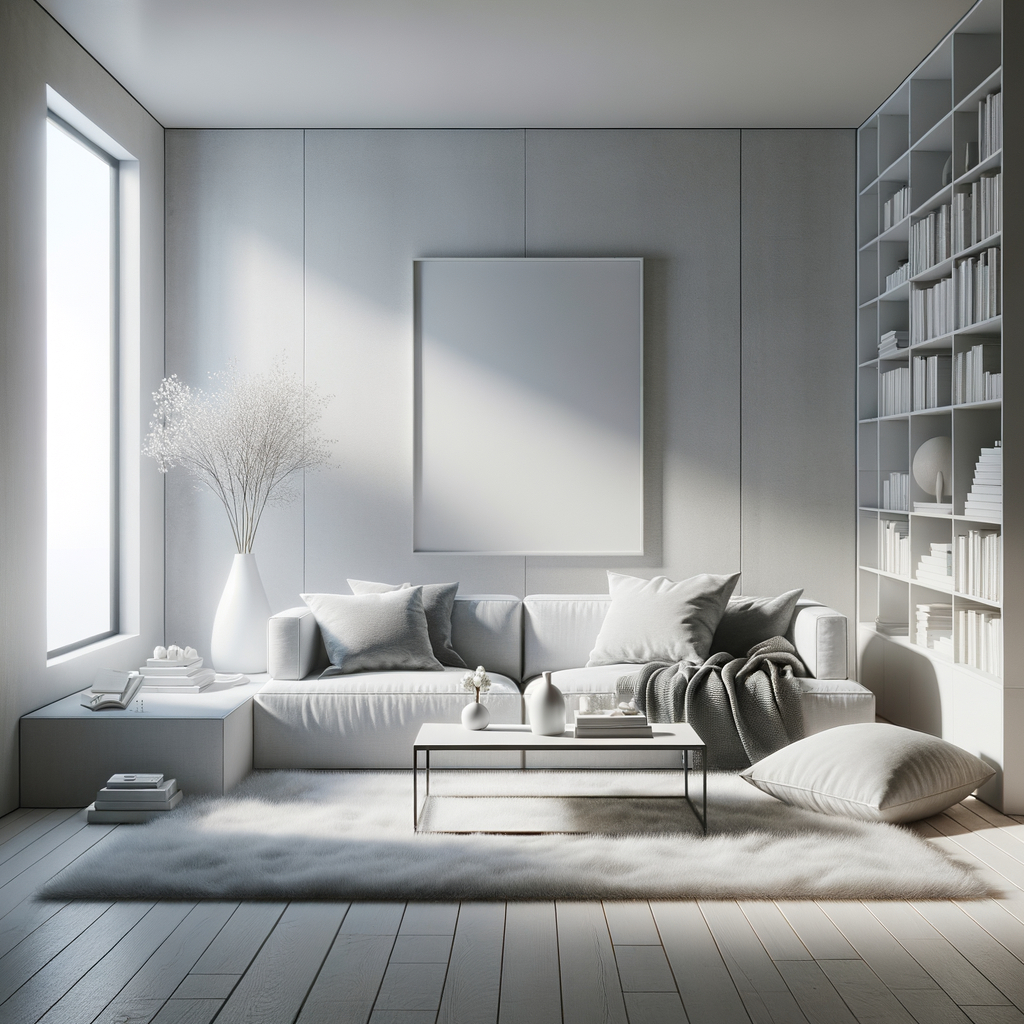Physical Address
304 North Cardinal St.
Dorchester Center, MA 02124
Physical Address
304 North Cardinal St.
Dorchester Center, MA 02124

Minimalism is more than just a design trend; it’s a lifestyle choice that embraces simplicity, functionality, and intentionality. By adopting minimalism in your home, you can create a tranquil living space that fosters relaxation and mindfulness. Here’s how you can transform your abode into an oasis of calm with minimalist interior design.
Before embarking on your minimalist journey, it’s important to understand what minimalism means. At its core, minimalism is about stripping away excess and focusing on what truly matters. It’s about creating spaces that are functional, intentional, and free from clutter. This doesn’t mean your home has to be void of personality or warmth; instead, it should reflect your values and priorities.
The first step in creating a minimalist home is decluttering. Start by removing items that don’t serve a purpose or bring joy into your life. This process may seem daunting at first but remember – the goal is not to create an empty space but rather one that feels serene and inviting.
Begin by sorting through each room one by one. Divide items into categories: keep, donate, recycle or dispose of. Be ruthless in this process – if an item hasn’t been used for over six months or doesn’t hold significant sentimental value, consider letting it go.
In minimalist design, furniture should be simple yet functional. Opt for pieces with clean lines and neutral colours as they tend to promote tranquillity and harmony within the space. Multi-functional furniture like storage ottomans or sofa beds are also great additions as they maximise functionality without compromising on style.
Colour plays a significant role in setting the mood of your home. Minimalist homes often feature neutral and monochromatic colour schemes to create a peaceful and harmonious environment. Shades of white, grey, beige, and black are commonly used. However, don’t be afraid to incorporate pops of colour through artwork or accessories if it aligns with your personal aesthetic.
Minimalist living encourages us to choose quality over quantity. Instead of filling your home with cheap, disposable items, invest in high-quality pieces that will stand the test of time. This not only reduces waste but also creates a more refined and sophisticated look within your home.
A key principle of minimalist design is keeping surfaces clear. This includes countertops, tables, desks, floors – essentially any flat surface within your home. By doing this, you can create a sense of calm and orderliness that is synonymous with minimalist living.
To maintain a clutter-free environment, ample storage is essential. Consider built-in wardrobes, under-bed storage boxes or floating shelves to hide away items when they’re not in use. Remember – every item should have its own designated space.
In a minimalist home, decorations should be kept to a minimum. That being said, this doesn’t mean your space has to be devoid of personality or charm. Choose meaningful artworks or family photos that resonate with you personally and add warmth to the space.
Last but not least – maintenance. The key to a successful minimalist home is regular upkeep. Make it a habit to tidy up daily and declutter regularly to ensure your space remains serene and uncluttered.
Creating a minimalist home is more than just an aesthetic choice; it’s a lifestyle change that promotes mindfulness, intentionality, and peace. By following these steps, you can create a space that not only looks good but also feels good.